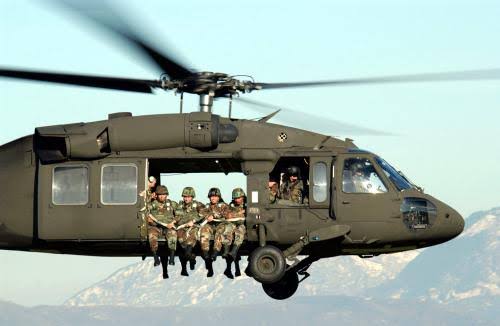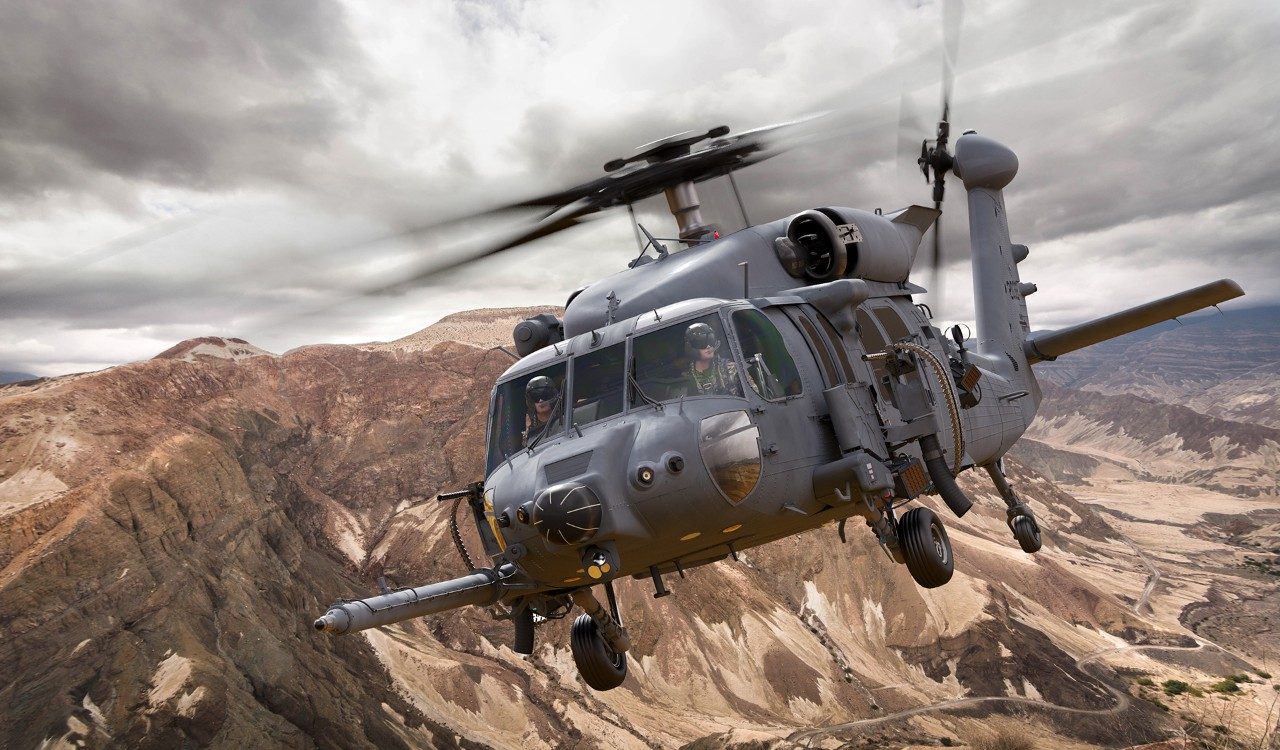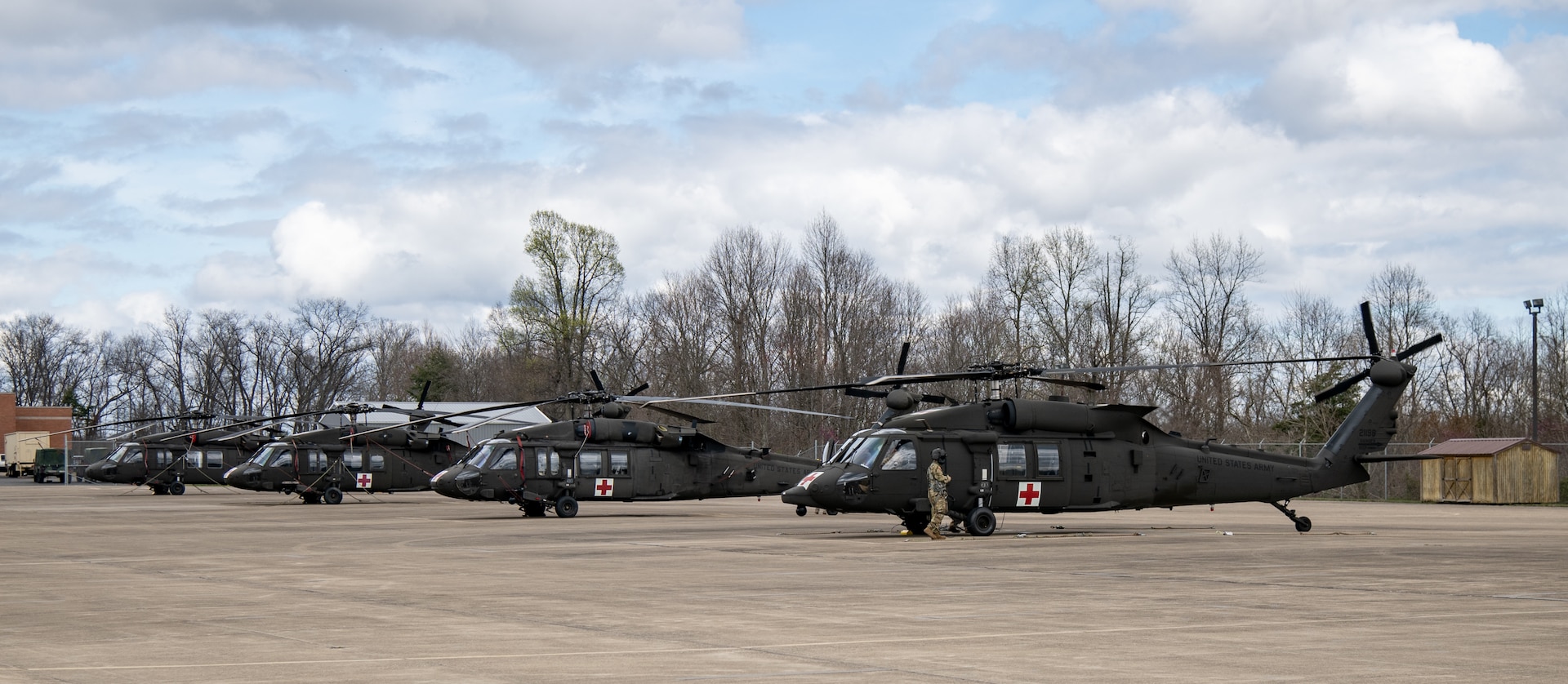UH 60 Black Hawk: Secret Functions and Developments
UH 60 Black Hawk: Secret Functions and Developments
Blog Article
Discovering the Innovative Technology Behind Aircraft Design and Engineering
The field of aircraft layout and engineering is seeing a transformative change driven by innovative innovations that improve sustainability, efficiency, and performance. As the market grapples with the challenges of ecological obligation, developments in lasting aviation modern technologies assure to reshape the future.
Advanced Products in Airplane Style
How can the assimilation of advanced products revolutionize airplane style? The consolidation of innovative materials, such as carbon fiber compounds, titanium alloys, and advanced porcelains, plays a vital role in improving airplane performance and effectiveness. These materials supply remarkable strength-to-weight ratios, making it possible for makers to decrease total aircraft weight without jeopardizing structural honesty. This reduction in weight directly adds to improved fuel effectiveness and enhanced haul capacity.
Furthermore, advanced materials exhibit enhanced resistance to deterioration and exhaustion, causing reduced upkeep expenses and extended life span. The usage of titanium in critical components assists stand up to severe temperatures and stresses, while carbon fiber compounds supply versatility in design and manufacturing processes. This versatility permits even more wind resistant forms, contributing to superior efficiency attributes.
Additionally, the assimilation of smart products, which can transform residential or commercial properties in response to exterior stimuli, opens brand-new avenues for flexible systems in airplane layout. uh 60. These developments promise not just to enhance safety and operational efficiency but also to contribute to sustainability efforts by minimizing ecological influence via lowered discharges. In recap, advanced products are redefining the landscape of airplane style, leading the way for much more effective, durable, and eco-friendly air travel services
Aerodynamic Developments for Efficiency
Aerodynamic technologies play a crucial function in boosting airplane efficiency, significantly affecting gas usage and overall efficiency. Developments in airfoil style, such as the introduction of supercritical wings, allow for optimized lift-to-drag proportions, minimizing drag at transonic rates. These developments make it possible for airplane to preserve higher rates with lower gas expense, directly affecting operational prices and ecological sustainability.
Moreover, the combination of winglets has confirmed efficient in mitigating vortex-induced drag at the pointers of wings, additionally enhancing gas effectiveness - uh 60. This layout adjustment leads to a decrease in wake turbulence, adding to boosted wind resistant efficiency during cruise ship conditions

Additionally, computational fluid dynamics (CFD) devices have transformed the testing and refinement of wind resistant forms, permitting specific simulations of air movement around airplane (uh 60). This allows engineers to innovate continually, making sure that modern aircraft not just satisfy governing standards however also push the borders of efficiency in aviation

Duty of Computer Simulations
Computer system simulations have become an indispensable tool in the area of airplane style, enabling designers to perform in-depth analyses and optimizations of various design aspects. These simulations permit for the online screening of aerodynamic buildings, structural honesty, and you can check here performance metrics long before physical models are developed. By employing computational liquid characteristics (CFD) and finite component analysis (FEA), designers can predict just how air streams around the aircraft and exactly how different products will react to stress and anxiety and strain.
Moreover, computer system simulations help with the expedition of a vast array of circumstances and variables, speeding up the design process and lowering expenses related to physical screening. This capability not only enhances the accuracy of predictions pertaining to aircraft habits but likewise uses insights into prospective layout improvements that may not be immediately apparent via conventional approaches.

Furthermore, simulations assist make sure compliance with rigorous safety policies by enabling designers to recognize and correct prospective issues early in the style stage. The integration published here of simulation technologies into the airplane layout process emphasizes the substantial innovations in engineering techniques, inevitably adding to the advancement of safer, a lot more effective, and environmentally friendly aircraft.
Expert System in Design
Synthetic knowledge (AI) is reinventing the design landscape, particularly in aircraft style, by enhancing and enhancing check out this site decision-making processes style operations. Through machine discovering formulas, AI can assess vast datasets, uncovering patterns and insights that inform style options and boost overall effectiveness.
AI applications in airplane design consist of generative design, where formulas develop multiple layout alternatives based on specified parameters, allowing designers to evaluate a more comprehensive array of possibilities. This not only accelerates the layout stage yet additionally ensures that the last items meet strict efficiency and safety criteria.
Additionally, AI-driven anticipating analytics help with maintenance organizing by analyzing historic information and anticipating possible failings. This positive method decreases downtime and boosts airplane dependability.
In addition, AI aids in simulation and modeling, allowing engineers to check layouts under various conditions without the requirement for physical models. This capability reduces advancement timelines and lessens prices linked with typical screening approaches.
Lasting Aeronautics Technologies
The answer exists in the fostering of sustainable aeronautics modern technologies that prioritize effectiveness and decrease carbon emissions. Technologies such as sustainable aviation gas (SAFs), which are derived from sustainable resources, have actually emerged as an important component in attaining lower lifecycle exhausts.
Furthermore, improvements in aircraft layout, such as the advancement of lighter products and more aerodynamically reliable shapes, add to improved fuel performance. Electric and hybrid propulsion systems are also acquiring grip, providing a path to lower reliance on nonrenewable fuel sources and reduce greenhouse gas exhausts.
The integration of these innovations is sustained by regulatory structures and sector partnerships targeted at setting enthusiastic sustainability targets. Furthermore, digital tools like data analytics and synthetic intelligence can optimize trip operations, better improving gas effectiveness. By accepting lasting techniques and technologies, the air travel market can not just satisfy the expanding need for air travel however additionally play a crucial role in dealing with environment adjustment, ensuring a much more sustainable future for air transport.
Verdict
The merging of innovative materials, aerodynamic innovations, and cutting-edge modern technologies notes a substantial development in airplane layout and design. The assimilation of carbon fiber compounds, titanium alloys, and AI-driven processes not only boosts performance and efficiency yet likewise improves process and predictive maintenance. The recurring growth of lasting air travel technologies underscores a dedication to ecological duty, leading the means for a greener future in air travel. This continual technology will certainly form the market's trajectory for years to come.

Computer system simulations have actually become a vital device in the field of aircraft design, allowing designers to perform thorough analyses and optimizations of various style facets.The merging of innovative products, wind resistant technologies, and sophisticated technologies marks a significant evolution in aircraft design and engineering.
Report this page